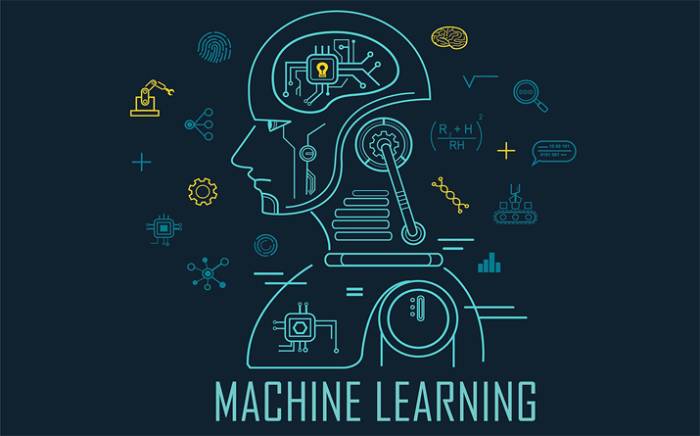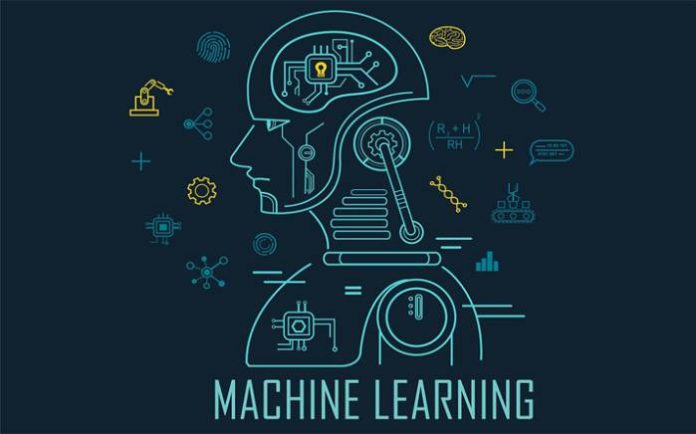Are You Looking to Make a Career in Artificial Intelligence and Machine Learning? It is essential to know the facts before preparing for an Artificial Intelligence Course and making a career shift or launching your career in this domain. Artificial Intelligence is considered to be the next technical frontier which has profound applications in almost every sector as well as society.

Let’s have a glance at some powerful stats regarding Artificial Intelligence and Machine Learning.
- The global market size of AI and ML is expected to reach USD 202.57 billion by the year 2026, as per a report by Fortune Business.
- According to Grandview Research, the annual growth rate for the global Artificial Intelligence market is a whopping 40.2%.
- As per a report by Forbes, a massive 58 million jobs will be created in the year 2022.
- Some of the biggest names looking for AI and ML Engineers include YouTube, Amazon, Google, Microsoft, Adobe, IBM, Goldman Sachs, Apple, JP Morgan Chase, Netflix, Wells Fargo, Infosys, and more.
- AI and ML Engineers are highly in demand across every industry, including Software products, Healthcare and pharmaceuticals, Banking, financial services, Investment (BFSI), Information Technology, media and entertainment, and others.
Now that you are clear that the Machine Learning and Artificial Intelligence industry is booming these days, you can choose to launch or advance your career in this domain.
This article will provide a brief overview of Machine Learning and the essential things to know.
What is Machine Learning?
Machine Learning is a subset of Artificial Intelligence that enables applications to be more precise and specific at predicting outcomes without being programmed explicitly to do so. Basically, Machine Learning algorithms use past data in the form of input in order to provide output values.
8 Important Things to Know about Machine Learning
#1. Algorithm
An algorithm forms the core of Machine Learning. An algorithm is a process by which an Artificial Intelligence system performs its tasks by predicting output values based on input values. It is a logical sequence of instructions that tells how to solve the problem step by step.
Generally, an algorithm is a sequence of if-then statements. Complex ones include mathematical or statistical functions. The purpose of an algorithm is to enable machines to solve problems autonomously. Some popular machine-learning algorithms include Linear Regression, Clustering, and Recommendation algorithms.
#2. Database
In machine learning, a database is a crucial component. Everything is based on data which is generally stored in a huge repository called a database. It is important to learn database technologies in order to develop machine learning systems.
#3. Neural Network
Neural networks are a replica of the human brain where nodes are interconnected and based on the working of the same. A neural network takes an input, processes it by passing through different layers of internal neurons, and generates output based on predictions made.
The training of neural networks goes iteratively with the help of optimization techniques. Once a training cycle is complete, the difference between the prediction and the target is called an error metric. The iterations are continued until the error metric is negligible and the desired threshold is attained.
#4. Deep Learning
Deep Learning is a subset of machine learning that strives for a result that resembles the human brain. This algorithm approaches layered processes to simulate the foundational working of the brain via neurons.
These neurons are called layers in Deep Learning. The learning process goes on the basis of the human brain, which learns automatically by recognizing patterns and specific terms and responding to any input.
#5. Computer Vision
It is the field of Artificial Intelligence that emphasizes training systems or computers that can analyze and understand images and videos and respond to what it observes. Computer vision provides a computer with the ability to ‘see.’
So, it derives information from digital videos, images, and other formats of input. It tries to understand and automate tasks that resemble the human visual system. It includes target detection, image classification, significance testing, and image segmentation.
#6. Supervised Learning
The machine learning task of inferring a function from labeled training data is known as supervised learning. An inferred function is generated by a supervised learning algorithm from the training data, which may then be used to map fresh samples. When predicting future results but already knowing the correct answers based on historical data, it is applied.
The algorithm will be able to accurately determine the class labels for instances that are not yet visible in an ideal environment. This calls for a “reasonable” generalization of the learning process from the training data to previously unknown scenarios.
#7. Unsupervised Learning
The machine learning problem of inferring a function to explain hidden structure from “unlabeled” data is known as unsupervised machine learning (a classification or categorization is not included in the observations).
Unsupervised learning differs from supervised learning and reinforcement learning in that there is no evaluation of the accuracy of the structure that is output by the pertinent algorithm because the examples provided to the learner are unlabeled. It is employed when there isn’t a clear accurate response, yet we want to draw fresh conclusions from the data.
#8. Reinforcement Learning
Reinforcement learning requires consistent improvements toward a predefined objective. The main goal of reinforcement learning is to train computers in such a way that they can take action to maximize cumulative records. It has been applied in real-time bidding systems recently.
Conclusion
This article provides you with a brief overview of some important terms used in Machine Learning. To know more about machine learning, you can take up an online training course from an accredited institute such as Simplilearn.
It trains you in and out regarding all the aspects of machine learning and makes sure that you start building your machine learning applications right away. The training is delivered via industry experts active in their domain. It provides you with round-the-clock teaching assistance so that you can learn while staying in your comfort zone.







































